Apply now to join our next cohort of Community Science Fellows and Community Leads!
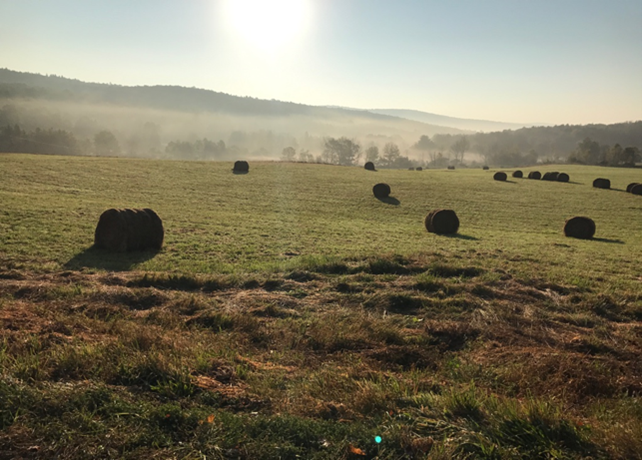
A farm in Otsego county. Photo Credit: Michele Farwell
This project will develop a detailed greenhouse gas (GHG) inventory for Otsego county down to the individual municipal level by building upon a 2010 inventory, engage the local community and establish standard procedures for repeating such inventories in the future.
Otsego county is a mostly rural community in the Mohawk Valley/Southern Tier portion of New York State, with a population of around 60,000. It has been dealing with energy constraints and an aging electric power infrastructure that does not allow the community to actively move toward the New York State clean energy goals with regards to the transition to renewable sources.
The local community has the land and the interest, but not the modern infrastructure needed to develop clean energy projects. A group of committed volunteers from a variety of sectors have come together to form an energy task force that has been collecting data and working on building a county wide energy plan. The Energy Task Force includes county and local legislators, environmental advocates, representatives from the gas and power sectors and local citizens. The Otsego County Conservation Association (OCCA) has been a catalyst for this process and serves on the leadership team of the group. The stakeholder groups include (i) Buildings & Energy Efficiency, (ii) Energy Supply & Distribution, (iii) Economic Development and (iv) Environment & Conservation. Some of the funding that the task force originally received to hire an external consultant to assist them with the plan was held back by the state due to COVID-19 shortfalls. They are currently engaged with Climate Action Associates out of the Capital Region of New York, who are assisting with the plan but had to pull back their scope of work because of funding shortfalls.
Thus, the task force is now looking to help fill in the gaps in GIS data collection, environmental impact assessment and infrastructure planning to include in the energy plan. The local community leaders strongly believe in the need for a stable, modern grid in order to beneficially electrify the New York State of tomorrow – the short falls of the current grid would leave residents in a bad place if they were to completely electrify, as many areas of the county routinely lose electricity and potentially for long periods of time during all seasons of the year.
The primary goal of the project is to create an up-to-date community-wide GHG inventory for Otsego County, down to the municipality level. This inventory would look at similar data points as the 2010 GHG inventory for the entire Mohawk region but bring the focus into each individual municipality within the county, rather than just at the overall county level. In addition to greenhouse gas emissions, the report should also assess the municipalities in terms of their energy security, resilience and reliability of electricity supply. This inventory will identify key areas for improvement and help prioritize target areas for new projects aimed at boosting the adoption of clean energy and improving community resilience.
Some municipalities in the county are developing a GHG inventory that only includes government operations. This project aims to build a similar inventory and report for the county as a whole. The revised inventory needs to be updated significantly since a lot has changed in the county since then e.g. a noticeable boom in tourism, development of new large attractions like the baseball park in Cooperstown, and changes in the makeup of local business (i.e. the gradual, continued shift away from agriculture towards other industries and services) etc. Furthermore, this inventory would be more detailed and track emissions down to at least the municipality level. This would allow accurate comparisons among all 34 municipalities (24 towns, 1 city, 9 villages) in the county.
Ideally, the revised inventory would clearly show contributions from different sectors in the local economy such as transport, small industry, agriculture, commercial and residential heating/cooling etc. If feasible, it would also be helpful to have an inventory at a finer resolution (e.g. census tract level) for certain municipalities. However, this is a lower priority goal and can be revisited at a later point in the project. For reference, here are some more details and guidelines from New York state on community GHG inventories and community climate action planning.
A secondary goal of this project is to use the GHG inventory as an opportunity to engage with, educate and raise awareness amongst the local community. There is strong interest among local municipality leaders and administrators to recruit volunteers for this community-wide effort by helping with tasks such as data collection. However, they would need a standardized framework/procedure that can be easily followed, along with training for any related tools/software. In addition, engagement could also be achieved by distributing surveys or organizing (virtual) town halls and presentations to actively gather community input and feedback throughout the project. This would help build trust with community members and increase their openness to new technologies to accelerate implementation.
The energy task force has been working on the county-wide energy plan for the last 1.5 years and are looking to have a draft plan out within the next 9-12 months. Key milestones could include:
These milestones and dates are largely tentative and subject to change. There is some flexibility in the project’s timeline to account for contingencies, unforeseen challenges and the uncertainty associated with the COVID-19 pandemic. The project scope can also be modified slightly based on expert input from the community scientist, working along with the community leaders.
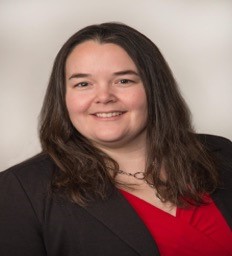
Amy Wyant is the Executive Director of the Otsego County Conservation Association. She has a background in clean energy, economic development and business with a passion for sustainability and local food. Amy is a strong advocate for community resilience and works with municipalities to prepare them for natural, economic and world change. She offers experience in community building and outreach and has a vested interest in helping the agriculture sector achieve their pollution reduction goals.
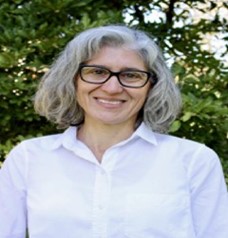
Michele Farwell represents the towns of Butternuts, Pittsfield and Morris on the Otsego County Board. Currently, she along with representative Margaret Kennedy initiated a bipartisan effort to address current and future county energy needs by forming the Otsego County Energy Taskforce.
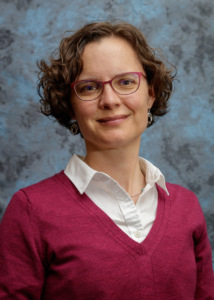
Dr. Rebecca Neumann is an associate professor at the University of Washington in the Department of Civil and Environmental Engineering. She leads the hydro-biogeochemistry research group, which works to understand how hydrologic, chemical and biological processes interact in soils, aquifers and surface waters to control chemical fate and transport. The group tackles societally relevant topics, such as food and water quality and global climate change, with the goal of informing management and policy decisions that protect human and environmental health. Dr. Neumann was the 2018 recipient of the American Geophysical Union’s Charles S. Falkenberg Award, which recognizes “an early- to middle-career scientist who has contributed to the quality of life, economic opportunities and stewardship of the planet through the use of Earth science information.”
 Vineet J Nair is a 2nd year PhD student in the Computational Science & Engineering program at the Massachusetts Institute of Technology (MIT). He conducts research in the Mechanical Engineering department – applying tools from optimization, control theory, and machine learning to model smart grids and transportation networks. Prior to MIT, Vineet completed an MPhil in Energy Technologies at the University of Cambridge as a Gates Scholar and received his undergraduate degree in Mechanical Engineering and Economics from the University of California, Berkeley. He is passionate about using interdisciplinary tools to tackle climate change and advance environmental justice, particularly in relation to the electric power sector.
Vineet J Nair is a 2nd year PhD student in the Computational Science & Engineering program at the Massachusetts Institute of Technology (MIT). He conducts research in the Mechanical Engineering department – applying tools from optimization, control theory, and machine learning to model smart grids and transportation networks. Prior to MIT, Vineet completed an MPhil in Energy Technologies at the University of Cambridge as a Gates Scholar and received his undergraduate degree in Mechanical Engineering and Economics from the University of California, Berkeley. He is passionate about using interdisciplinary tools to tackle climate change and advance environmental justice, particularly in relation to the electric power sector.
Otsego County Conservation Association
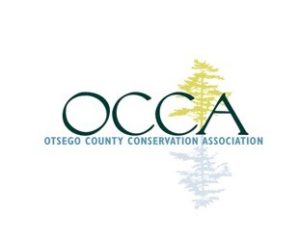 OCCA is a countywide environmental organization addressing a broad spectrum of basic environmental concerns. OCCA plays a key role in initiating and carrying out programs designed to improve or protect Otsego County’s air, land, and water. Wide support from county residents enhances our ability to accomplish our mission. OCCA is dedicated to promoting the appreciation and sustainable use of Otsego County’s natural resources through research, education, advocacy, planning and resource management and practice.
OCCA is a countywide environmental organization addressing a broad spectrum of basic environmental concerns. OCCA plays a key role in initiating and carrying out programs designed to improve or protect Otsego County’s air, land, and water. Wide support from county residents enhances our ability to accomplish our mission. OCCA is dedicated to promoting the appreciation and sustainable use of Otsego County’s natural resources through research, education, advocacy, planning and resource management and practice.
Otsego County Legislature (local government)
 The primary role of the Board of Representatives is to pass local laws or resolutions as provided for in County Law and the Municipal Home Rule Law. These laws and resolutions enable the board to establish the administrative structure for county government, including organization by department to carry out the functions of county government and the establishment of board committees to oversee the operation of those departments. Board Committees are established to oversee the operation of departments to improve the quality and efficiency of county operations.
The primary role of the Board of Representatives is to pass local laws or resolutions as provided for in County Law and the Municipal Home Rule Law. These laws and resolutions enable the board to establish the administrative structure for county government, including organization by department to carry out the functions of county government and the establishment of board committees to oversee the operation of those departments. Board Committees are established to oversee the operation of departments to improve the quality and efficiency of county operations.
Otsego County Energy Task Force
This is a conglomerate of representatives from several different local sectors. The working group and resulting Energy Plan will address the needs of the community to become energy secure and resilient while making long-term progress in improving the health of citizens, economic growth, and environmental sustainability of Otsego County. Its purpose is to create a practical, actionable plan to address the current and future energy needs of Otsego County.
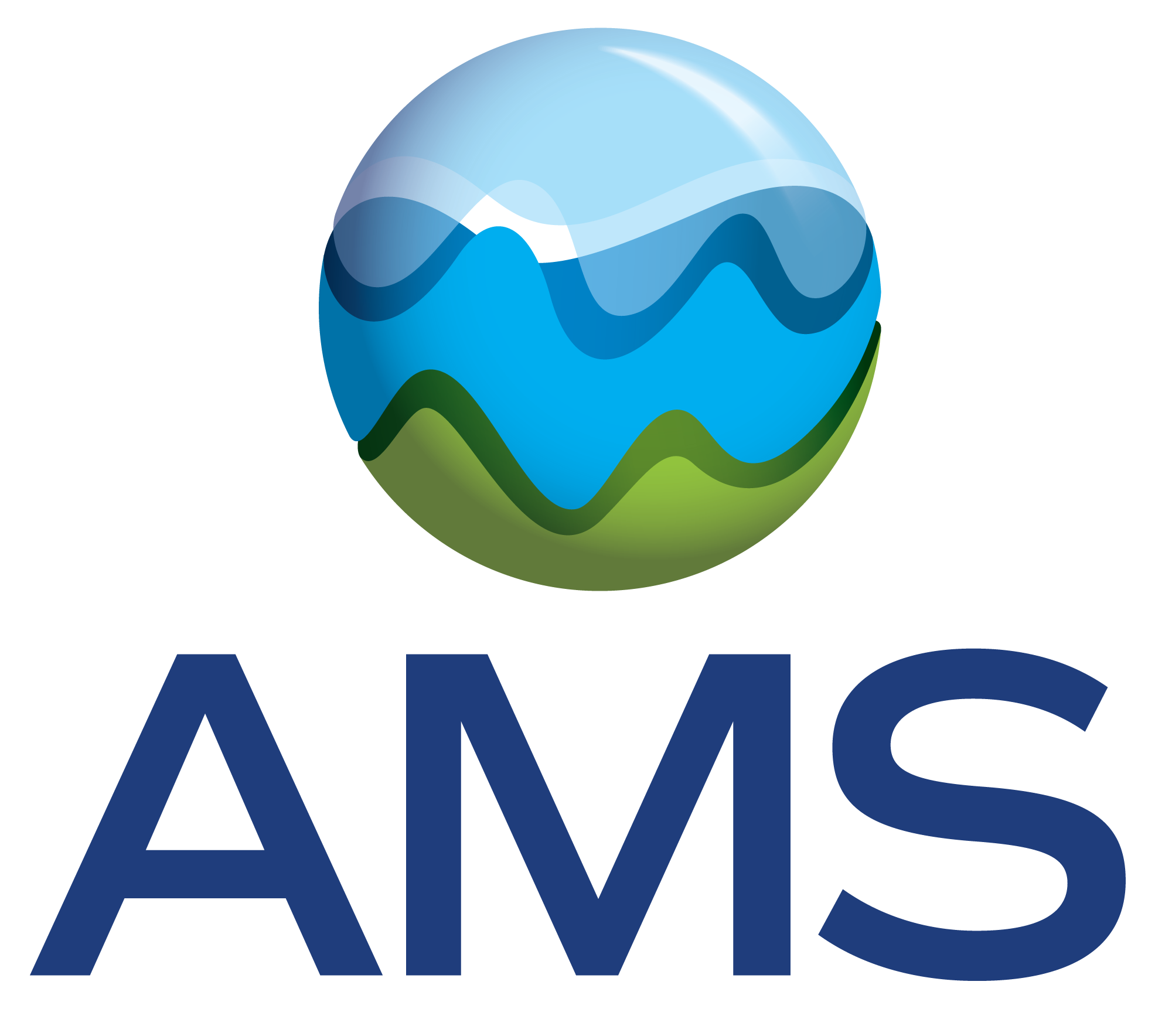
(c) 2024 Thriving Earth Exchange